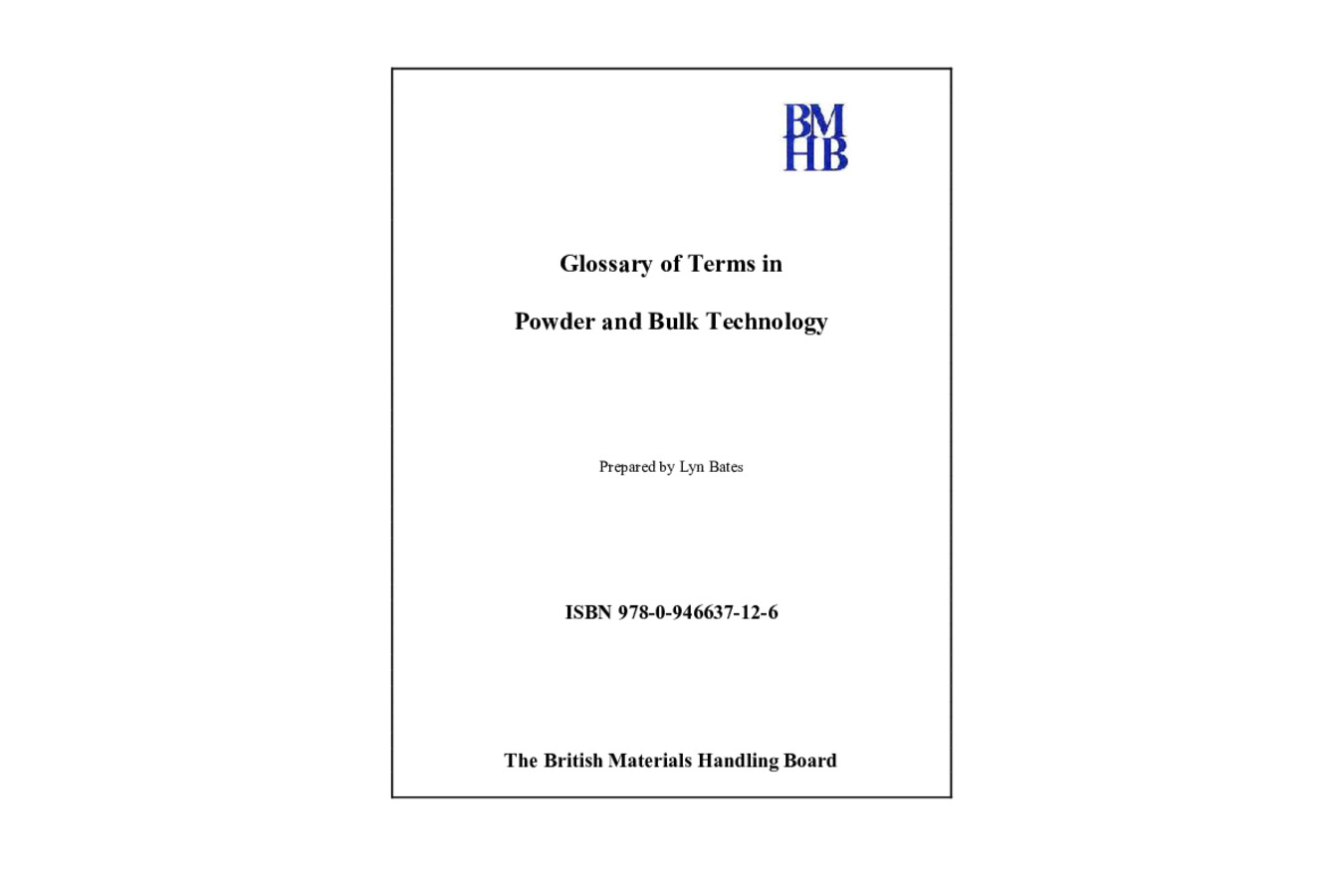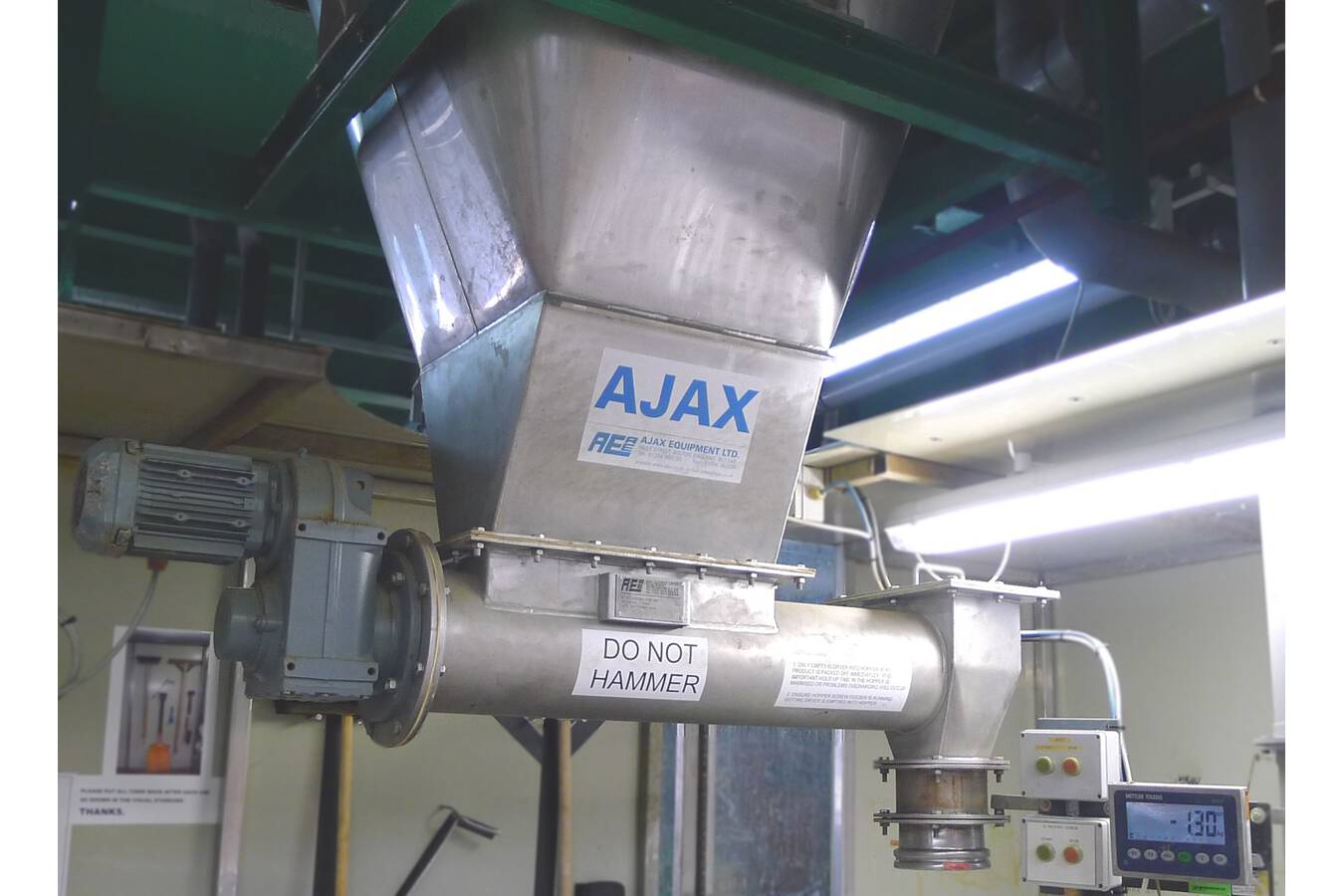The capacity of a screw conveyor falls off progressively as the axis of the casing is inclined. This is mainly because the dynamic repose slope surface of the material is unchanged and is limited by material carrying over the centre shaft by its rotation to fall back into the prior pitch space so the inclination of the screw flight cuts off an underside section of the material in transit. There is also a small degree of back leakage from the upper region, where the radius of the screw separates from the vertical wall of the casing above the centre shaft level. This effect increases with inclination as gravity supplements the force of the friction of the casing wall restraining the contact layer of the material.
Moreover, when the axis of the conveyor is inclined, not only is the geometry of the screw affected, but the sliding angle of material on the flight surface is reduced. The inner region of a screw flight face has a much coarser inclination than at the tip of the flight and, combined with the ‘corner effect’ and drag of the centre shaft, can reduce below the inclination on the flight at which the material slips. Above the inclination at which this starts to occur an increasing amount of material will rotate with the screw and overspill the centre shaft.
Steps to maximise the capacity of an inclined screw conveyor.
- Increase shaft speed.
- Reduce the flight pitch.
- Reduce flight tip clearance.
- Polish flight surface
- Increase shaft diameter.
- Rotate the casing axis.
- Use a circular casing
- Run with higher loading in circular casing and higher speed, as screw elevator
- Use larger screw.
Note: Limit rotation of the casing to 30 degrees to avoid static residue on lower casing wall.

